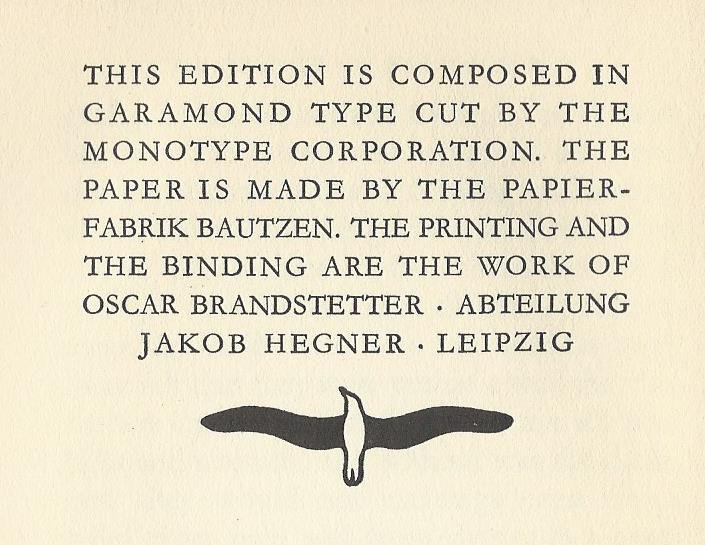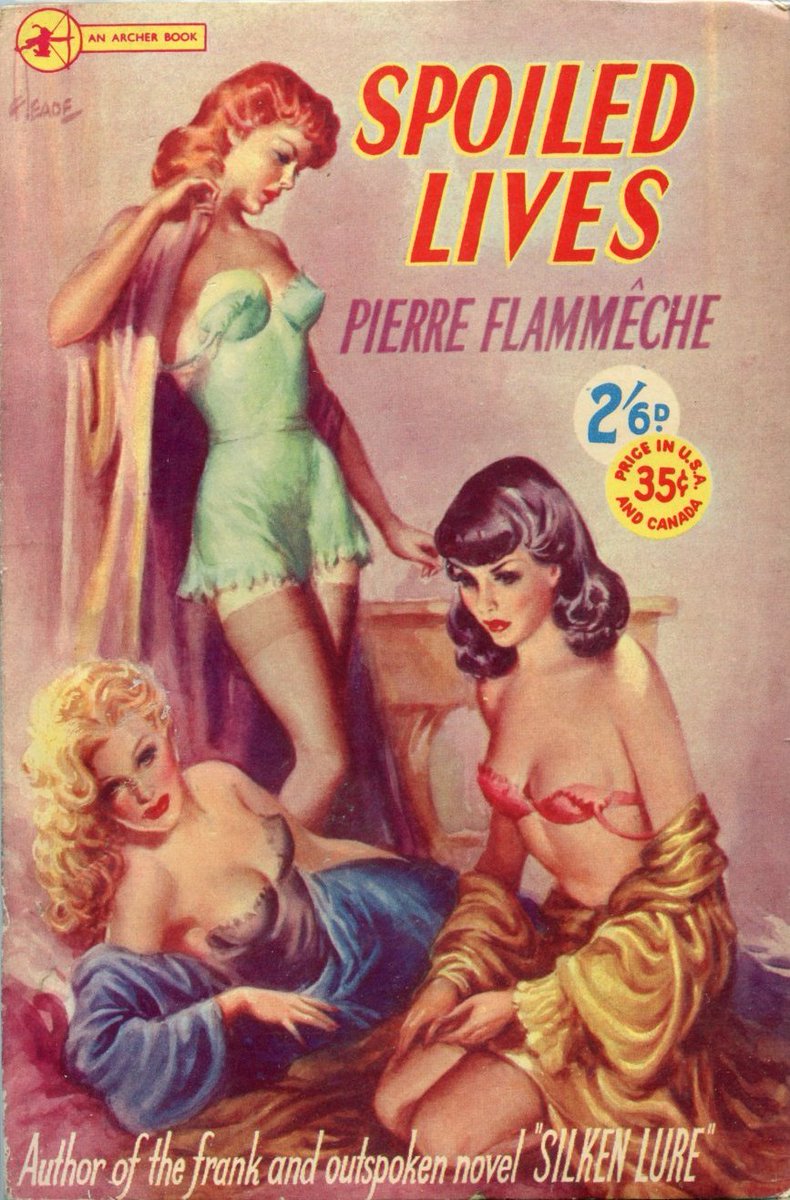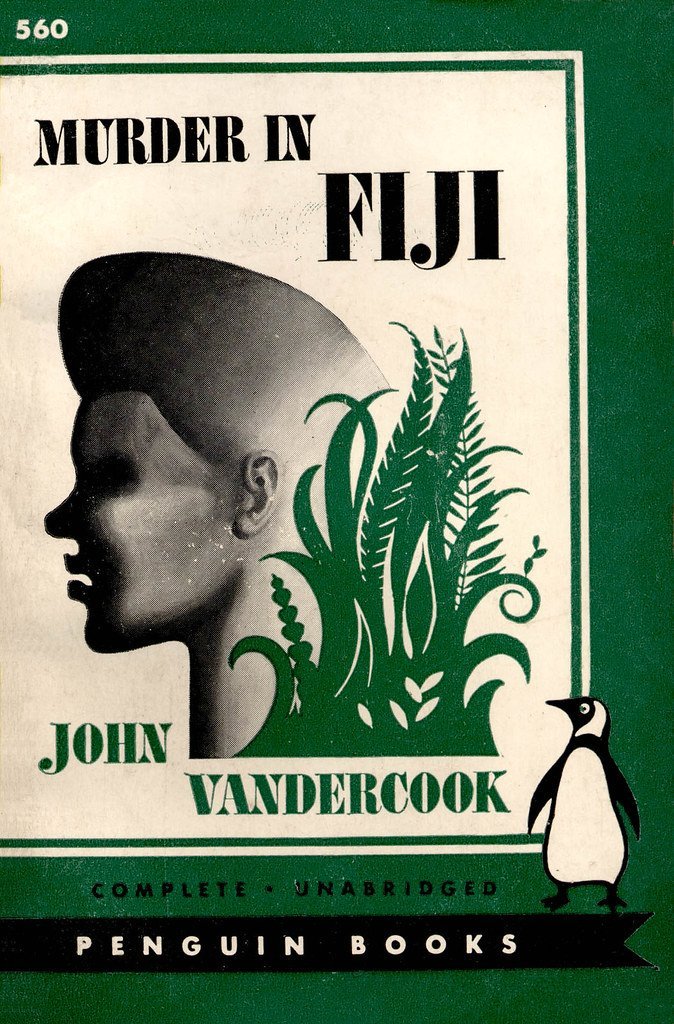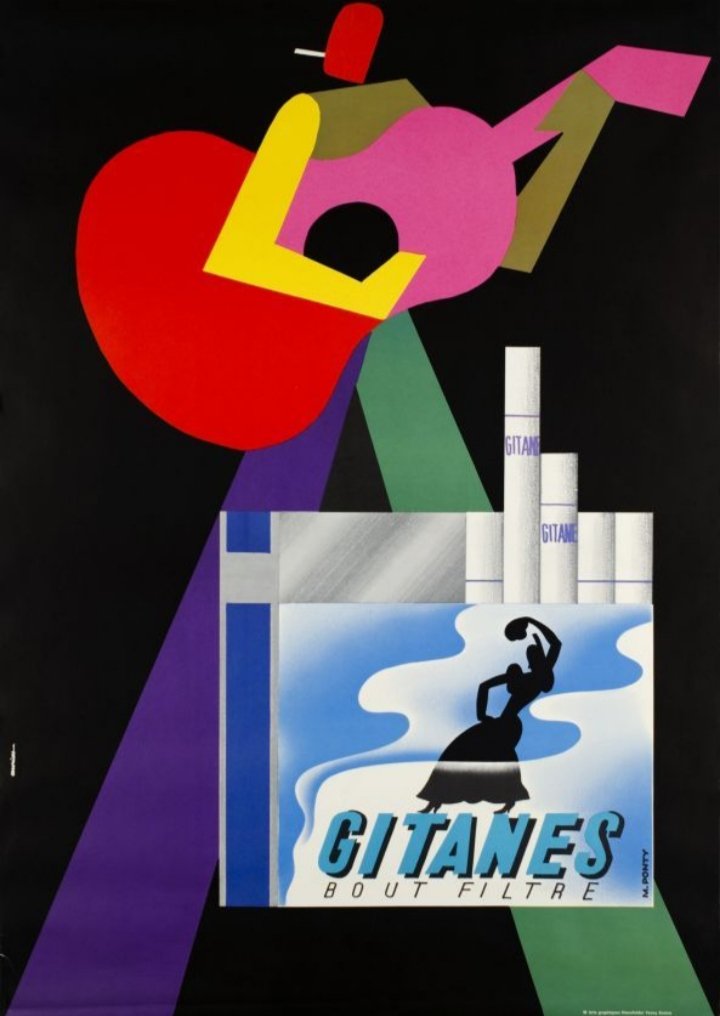
Today in pulp I’m looking at the work of illustrator Robert Jonas.
This means we need to talk about Penguin Books in America…
This means we need to talk about Penguin Books in America…

Allen Lane, the founder of Penguin, had started exporting his paperbacks to the US in the 1930s, but the cost (and during the war years the dangers) of sending books across the Atlantic didn’t really make commercial sense. A new approach was needed. 

So he recruited Kurt Enoch, one of the founders of Albatross Books, and with the help of Ian Ballantine a new US Penguin series was launched In early 1942.
However, there was a problem…
However, there was a problem…

Lane hated illustrated book covers. He had successfully launched Penguin in Britain without needing them and he fought against them for his American business. He memorably described cover illustrations as being little more than “bosoms and bottoms.” 

But in the US, paperbacks were sold on news stands and had to compete with newspapers and magazines. Typographic covers, which Penguin favoured, wouldn’t stand out. Enoch and Ballantine were determined to bring in cover illustration for Penguin in America. 

They started simply, putting a woodcut by Ethlebert White on the cover of Henry Thoreau’s Walden. By 1943 the illustration was taking up most of the cover, although the British colour scheme (green for crime, red for drama etc) and Penguin logo were still used. 



In 1945 Kurt Enoch hired Robert Jonas, a young artist from New York, to illustrate John Vandercook’s Murder in Fiji. Jonas was something of an avant garde painter. He was friends with Willem de Kooning and was strongly influenced by the Abstract Expressionist movement. 

Jonas soon became a regular Penguin artist, and his distinctive modernist style started to become synonymous with the brand in America. By 1945 Penguin had changed to the US paperback format and full colour printing for covers, allowing Jonas more space to work with. 



Ballantine left Penguin in 1945 to set up Bantam Books, leaving Enoch in charge of Penguin USA. By this point the visual difference between the UK and US Penguins was immense: you would struggle to believe they were from the same company. 



Allen Lane was coming to that conclusion himself. In 1947 Penguin USA came to an end, and in its place the New American Library was born! 

NAL, with Kurt Enoch as its President, ran two imprints: Signet Books for fiction, and Mentor Books for academic work. Initially they issued co-branded ‘Penguin Signet’ novels, but by late 1948 they had dropped the ‘Penguin.’ 



Jonas continued to illustrate covers for Enoch, working on both Signet and Mentor editions. It certainly helped the new imprints stand out; classy, modernist and playful they gave the reader the sense they were buying something contemporary and possibly daring. 



Alas it didn’t last: by the early 1950s Signet covers were becoming all “bosoms and bottoms” as Allen Lane had predicted. However Jonas kept illustrating for the Mentor range until 1955, when he moved into hardback dust jacket illustration. 

Jonas’s work for Penguin and Signet is very distinctive and I think quite collectable. His illustrations have a sense of quiet power and capture the mood of the novel in a playful but intriguing way. Do look out for them next time you’re browsing.
More stories another time…
More stories another time…

• • •
Missing some Tweet in this thread? You can try to
force a refresh




























